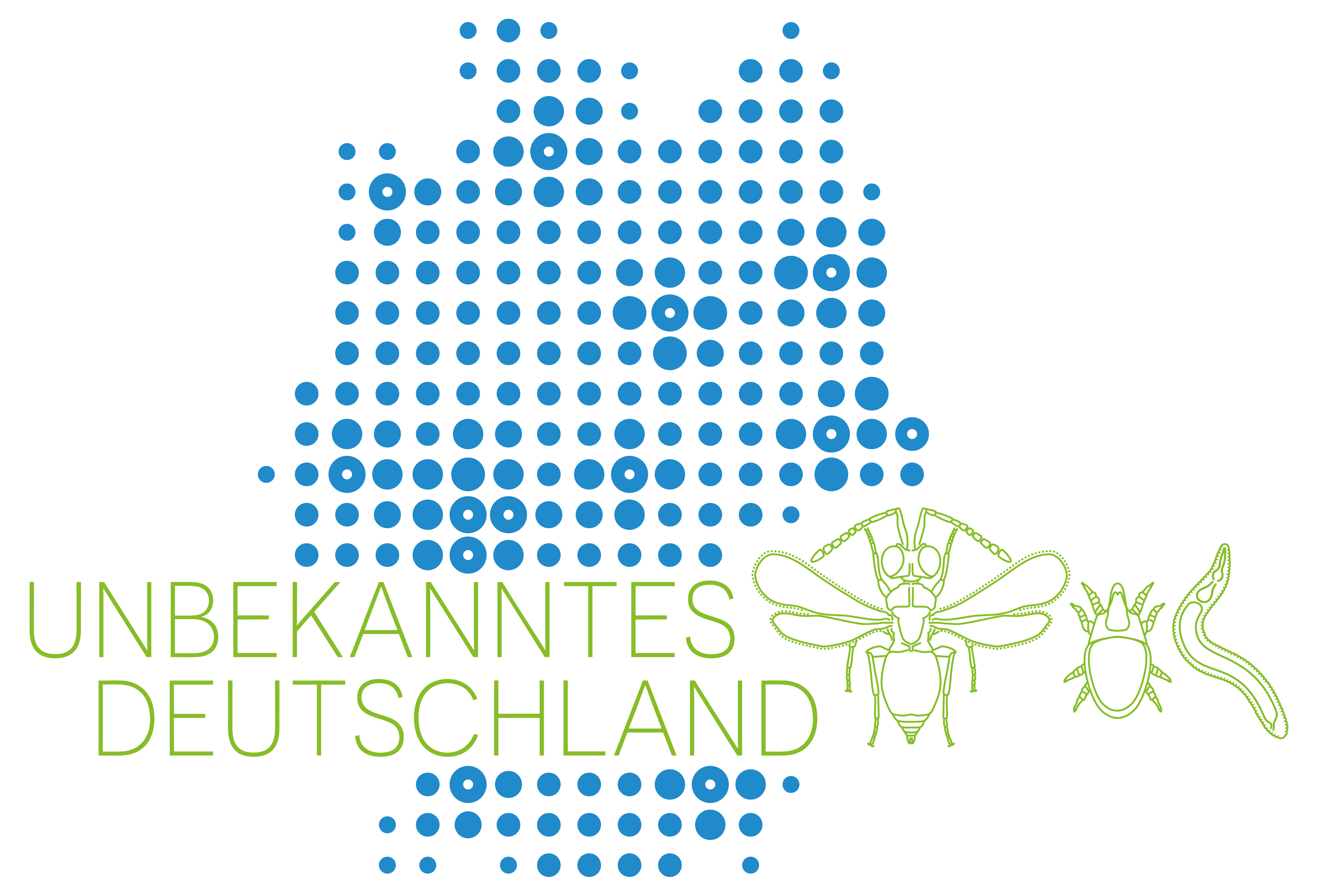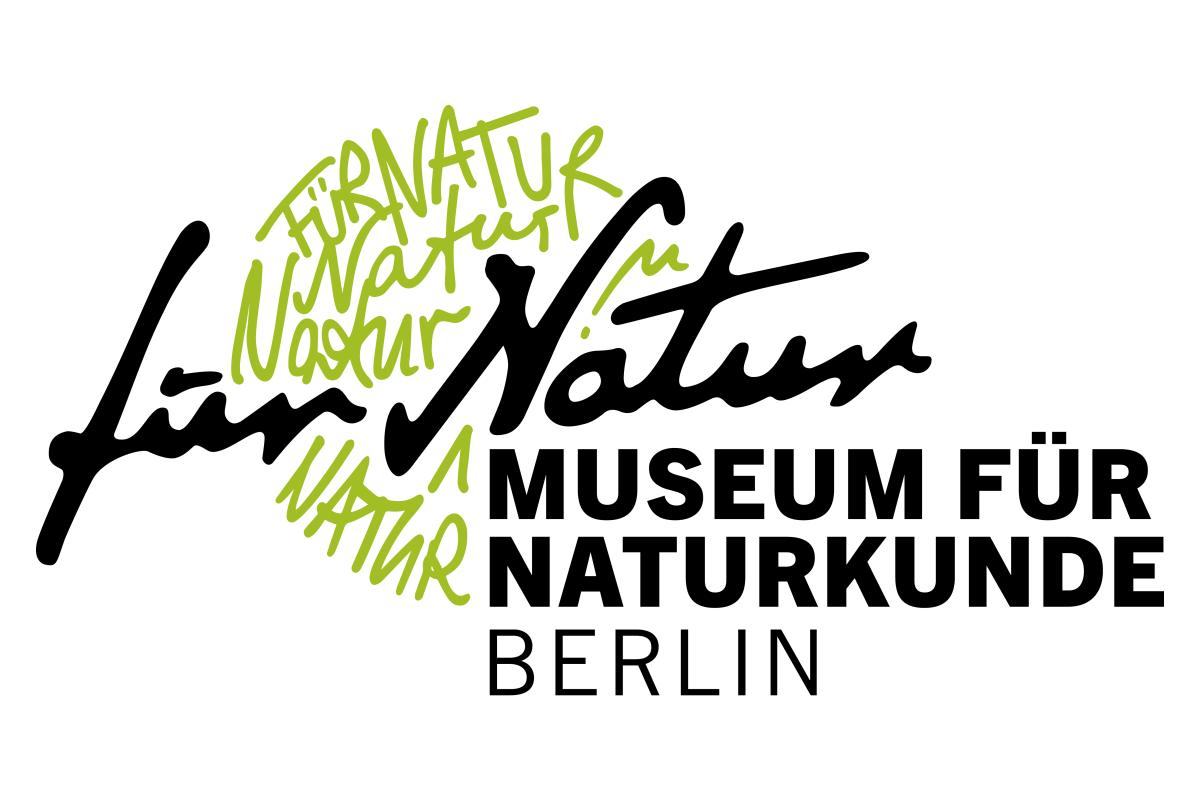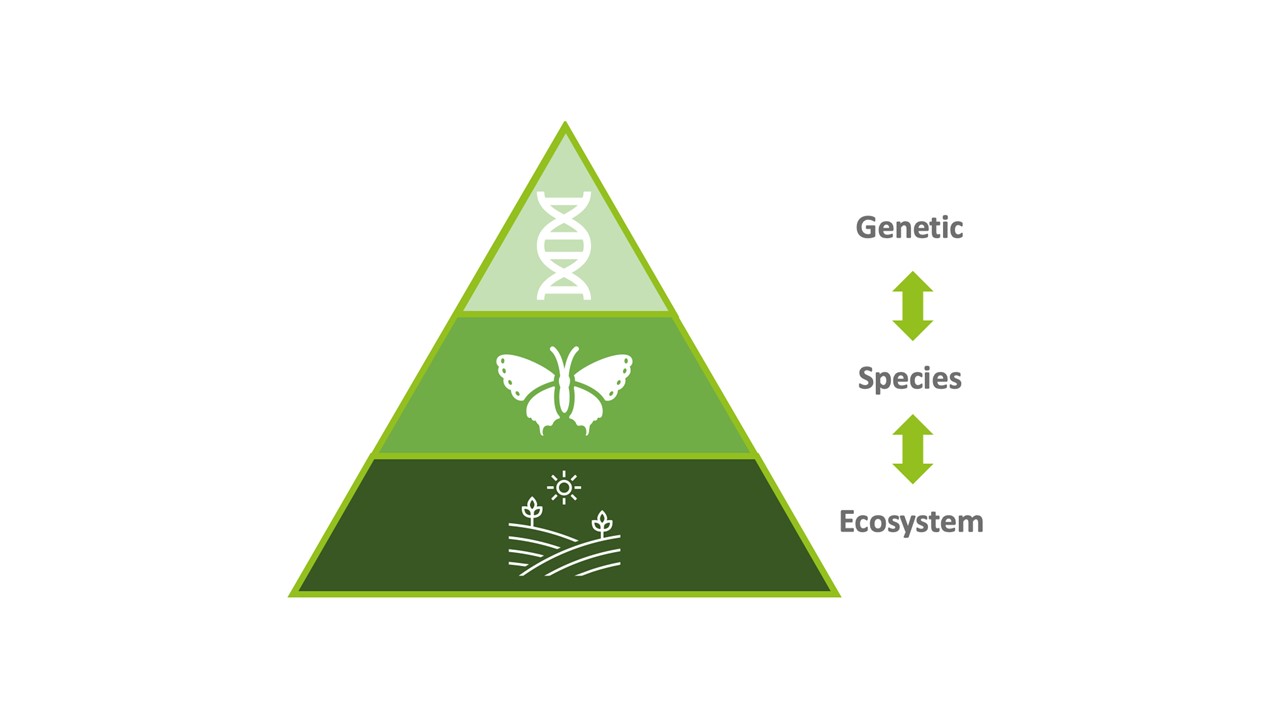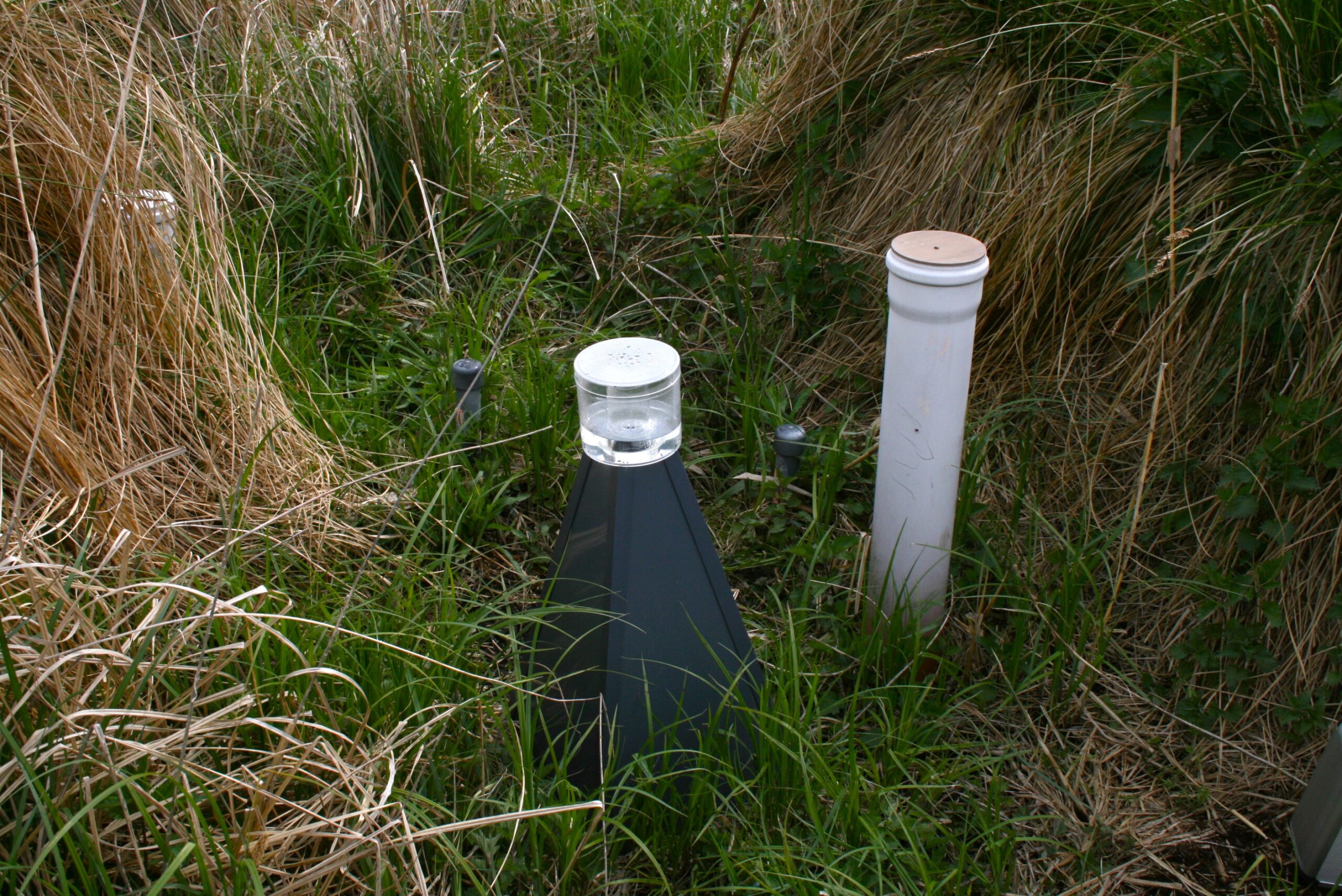Forschungsinstitute

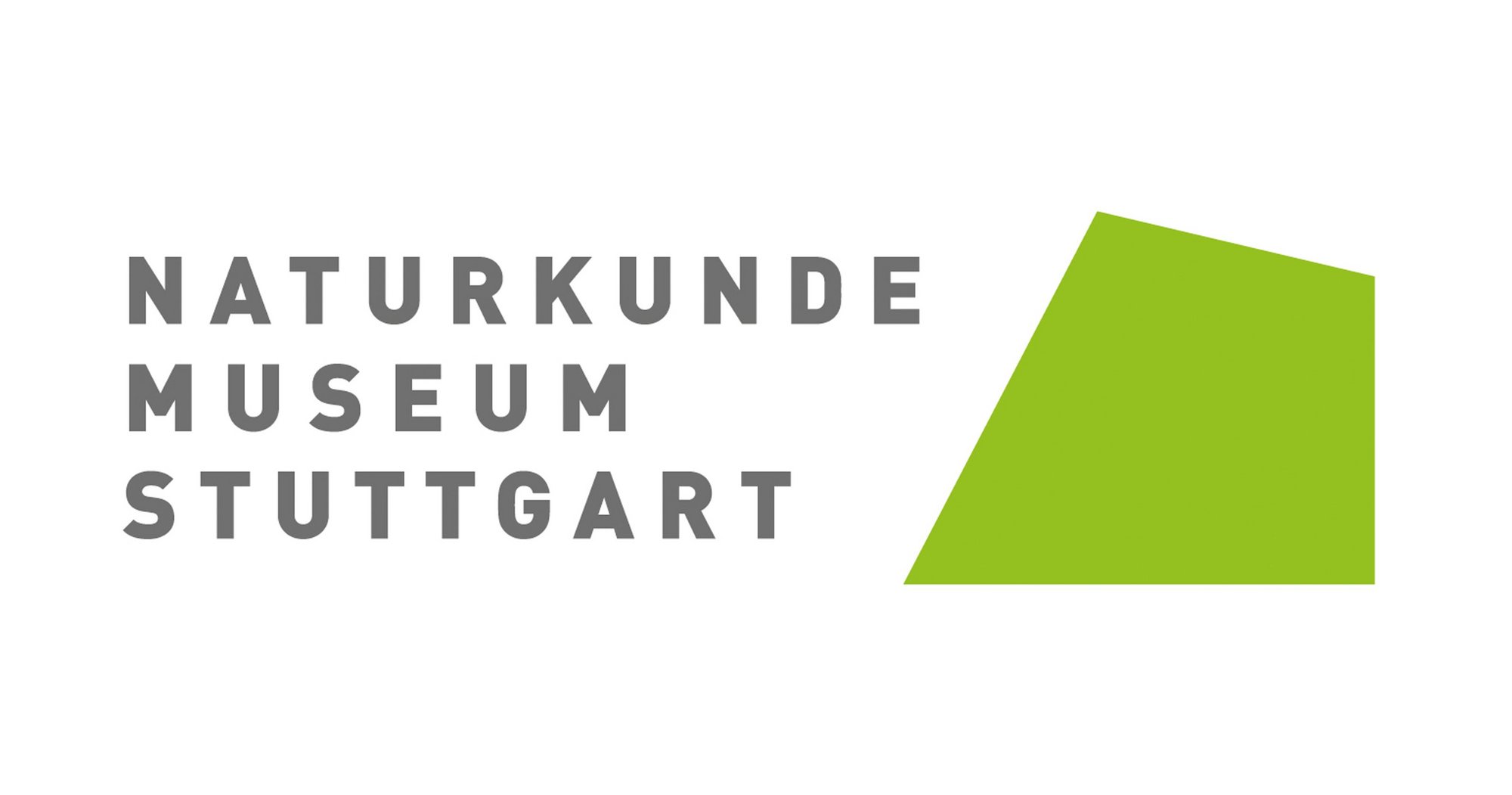
Museum am Löwentor
Rosenstein 1 (Kreuzung Ehmann-, Nordbahnhofstraße)
70191 Stuttgart
Schloss Rosenstein
Rosenstein 1
70191 Stuttgart
Staatliches Museum für Naturkunde Stuttgart (SMNS)
Das Staatliche Museum für Naturkunde Stuttgart (SMNS) mit seinen beiden Standorten, Museum am Löwentor und Schloss Rosenstein, ist eines der größten Naturkundemuseen in Deutschland. Das SMNS steht in der Tradition der 1791 gegründeten Naturhistorischen Sammlung, die auf dem herzoglichen Kuriositätenkabinett von 1600 basiert. Heute besitzt das Museum insgesamt über 12 Millionen Objekte, darunter 4,1 Millionen Fossilien aus bedeutenden Lagerstätten wie Kupferzell, Holzmaden, Nusplingen und dem Randecker Maar, 5,5 Millionen Insekten sowie eine bedeutende Ethanol-Sammlung, 830.000 Pflanzen (ohne Pilze und Flechten), Wirbeltiere (davon 154.000 Vögel), Weichtiere und Mineralien. Diese wertvollen Archive des Lebens und der biologischen Vielfalt bilden die Grundlage für die hervorragende Biodiversitätsforschung des Museums sowie für die vielfältigen Ausstellungs- und Vermittlungsaktivitäten des SMNS und seiner sechs Zweigmuseen. Die Sammlungen werden unter den zentralen Gesichtspunkten von Forschung und Bildung kontinuierlich erweitert.
Der übergreifende Rahmen der Forschung am SMNS umfasst die ganzheitliche Untersuchung der biologischen Vielfalt über Zeit und Raum hinweg. Die Paläontologie fügt der bestehenden biologischen Forschung eine zeitliche Dimension hinzu und ermöglicht so die Erforschung fossiler Taxa und die Rekonstruktion von Paläohabitaten und vergangenen Ökosystemen. Die Synergie von Paläontologie und Biologie ermöglicht die Erforschung der Entwicklung der biologischen Vielfalt über Zeit und Raum hinweg. Ein Netzwerk von Taxonomen und Ökologen, das das gesamte Spektrum der Botanik, Entomologie und Zoologie abdeckt, erleichtert die umfassende Untersuchung von taxonübergreifenden Forschungsfragen über mehrere trophische Ebenen hinweg.
Langfristige Monitoringprojekte wie das Fluginsektenmonitoring der LUBW fügen der Sammlung jedes Jahr über eine Million Insekten hinzu. Diese Proben, die sowohl aus Acker- und Grünlandflächen als auch aus Naturschutzgebieten stammen, haben nicht nur zur Entdeckung neuer Arten geführt, sondern spielen auch eine wichtige Rolle für unser Verständnis darüber, wie Umweltfaktoren die Artenzusammensetzung beeinflussen. Die Floristische Kartierung Baden-Württemberg, ein Citizen Science Monitoringprojekt, das 1970 ins Leben gerufen wurde, liefert hochauflösende Daten über Blütenpflanzen, die es ermöglichen, die Triebkräfte des Biodiversitätswandels aufzudecken und künftige Szenarien des Biodiversitätswandels zu modellieren.
Das SMNS ist Partner aller German Barcode of Life Projekte. In der 3. Phase von GBOLIII: Dark Taxa beschäftigen sich vier Doktoranden mit der Taxonomie und Systematik von vier hyperdiversen Gruppen parasitoider Wespen und Fliegen. Das SMNS ist auch ein strategischer Partner in den Projekten SMART-Morph und KI-Morph neben dem Karlsruher Institut für Technologie und der Universität Heidelberg, die an der Entwicklung automatisierter Lösungen für das Scannen und Verarbeiten von uCT-Daten für fossiles Material und kleine Arthropoden arbeiten. Es besteht eine enge Zusammenarbeit mit der Universität Hohenheim. Gemeinsame Lehrstühle sowie das Zentrum für Biodiversität und Integrative Taxonomie (KomBioTa) mit seinem Promotionsprogramm „Biodiversität im Wandel der Zeit“ sorgen für eine gezielte Ausbildung des wissenschaftlichen Nachwuchses.
Die Kommunikationsstrategie des SMNS kombiniert traditionelle Museumsaktivitäten mit innovativen digitalen Möglichkeiten. Citizen Science-Projekte binden Bürgerinnen und Bürger aktiv in die naturkundliche Forschung ein und stärken so die gesellschaftliche Teilhabe. Als offene Kommunikations- und Forschungsplattform leistet das SMNS einen zentralen Beitrag zur Erforschung und Erhaltung der Biodiversität in Zeiten von Biodiversitätsverlust und Klimawandel.
Staatliches Museum für Naturkunde Stuttgart (SMNS) Projekte
Staatliches Museum für Naturkunde Stuttgart (SMNS) Forschende
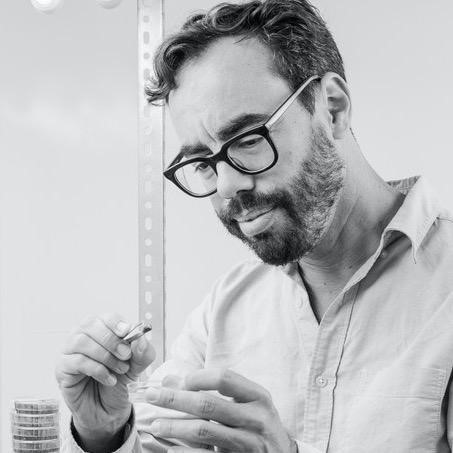
Prof. Dr. Ricardo J. Pereira
Ricardo Pereira ist Evolutionsbiologe und leitet die Abteilung für Biodiversitäts-Monitoring am Staatlichen Museum für Naturkunde Stuttgart. Seine Forschung konzentriert sich auf das Verständnis der genomischen Vielfalt innerhalb von Arten und deren entscheidende Rolle bei der Erhaltung der Arten- und Ökosystemvielfalt im Angesicht von Umweltveränderungen. Mithilfe von genomischen Werkzeugen und Museums- und Monitoring-Sammlungen untersucht seine Forschungsgruppe, wie die heutige genetische Vielfalt die Resilienz und Anpassungsfähigkeit beeinflusst. Er setzt sich für die Ausbildung der nächsten Generation von Wissenschaftlern ein und arbeitet intensiv mit der Universität Hohenheim und anderen internationalen Partnern zusammen, um die drängenden Herausforderungen im Bereich des Biodiversitätsschutzes anzugehen.
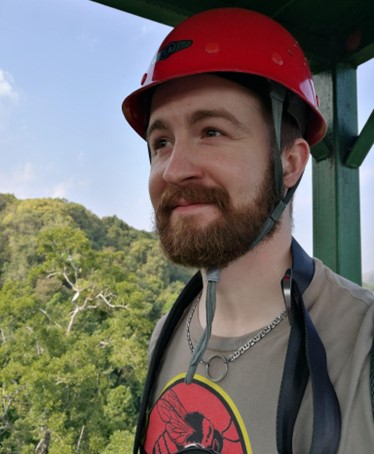
Dr. Michael Orr
Mein Forschungsprogramm zur Biodiversität und Systematik der Bienen dreht sich um die Frage, wie und wo sich die Bienen entwickelt haben und wie sich dies auf ihre heutige Verbreitung auswirkt, mit dem letztendlichen Ziel, sie und die unschätzbaren Bestäubungsleistungen, die sie erbringen, zu erhalten. Als interdisziplinärer Systematiker beschäftige ich mich mit diesen Fragen durch hochintegrative, kollaborative Methoden, die auf modernen, sammlungsbasierten taxonomischen und systematischen Praktiken beruhen und sich auf die Bereiche Ökologie, Evolution und darüber hinaus ausdehnen. Geleitet von unschätzbaren Daten aus naturhistorischen Sammlungen, verbinde ich Phylogenetik und andere molekulare Ansätze mit morphologischer Analyse, Verhaltensbeobachtung und räumlicher Modellierung, um ihre Geschichte darzustellen und die Zukunft der Bienen auf der Erde zu sichern.
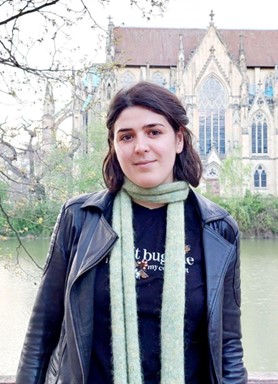
MSc Cristina Vasilita
Mein Hauptforschungsinteresse gilt der Diversifizierung und Evolution von hyperdiversen Gruppen von Arthropoden, wie z. B. den parasitoider Wespen der Überfamilie Platygastroidea. Ich arbeite an Taxonomie-Tools der nächsten Generation, um hyperdiverse Gruppen durch die Entwicklung von Best Practices für komplexe Fragen bezüglich der Vielfalt, der Lebensgeschichte und der Evolutionstrends in diesen Organismengruppen zu untersuchen. Mein Schwerpunkt liegt auf der Erweiterung des Verständnisses und des Wissens, das wir besitzen, indem wir leistungsstarke Bildgebungsverfahren (CLSM, Mikrofotografie, Mikro-CT) mit einem molekularen Ansatz der nächsten Generation (Megabarcoding, Nanopore-Sequenzierung) kombinieren.
